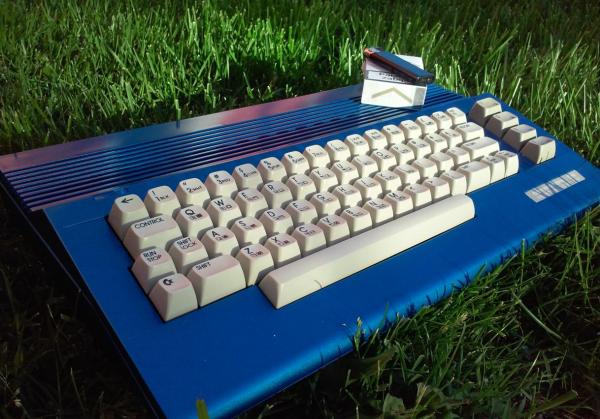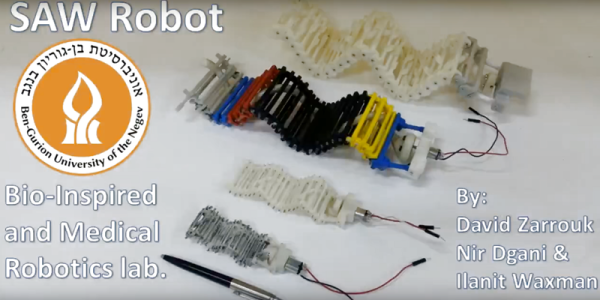[Drygol] found himself with six Commodore 64’s in various states of disrepair. Because batch work is often more efficient, he detailed the process of restoring all of them in parallel in this one-, two-, three-part series.
The first step was to whiten the cases. Old cases turn yellow from the degradation of the fire retardant additives in the plastic. The proven method to fix this is with a paste called Retr0bright. [Drygol] used hair bleaching paste which is very similar. The cases came out nicely whitened from their treatment.
Next he repaired the keyboard PCB and whitened the keys as well. Drinking was involved, but it all came out okay. The circuit boards were cleaned and inspected. There were a few corroded spots, broken chips, and bad solder joints to be repaired. A few common mods were also installed.
In the final part of the series two of the C64s have SD cards installed into them. A few interesting fixes were done to repair broken plastics. Lastly the two worst cases were painted. In the end [Drygol] found himself with six perfectly working and attractive C64s. Who know’s what he’ll do with them, but we all know that was not the point.













